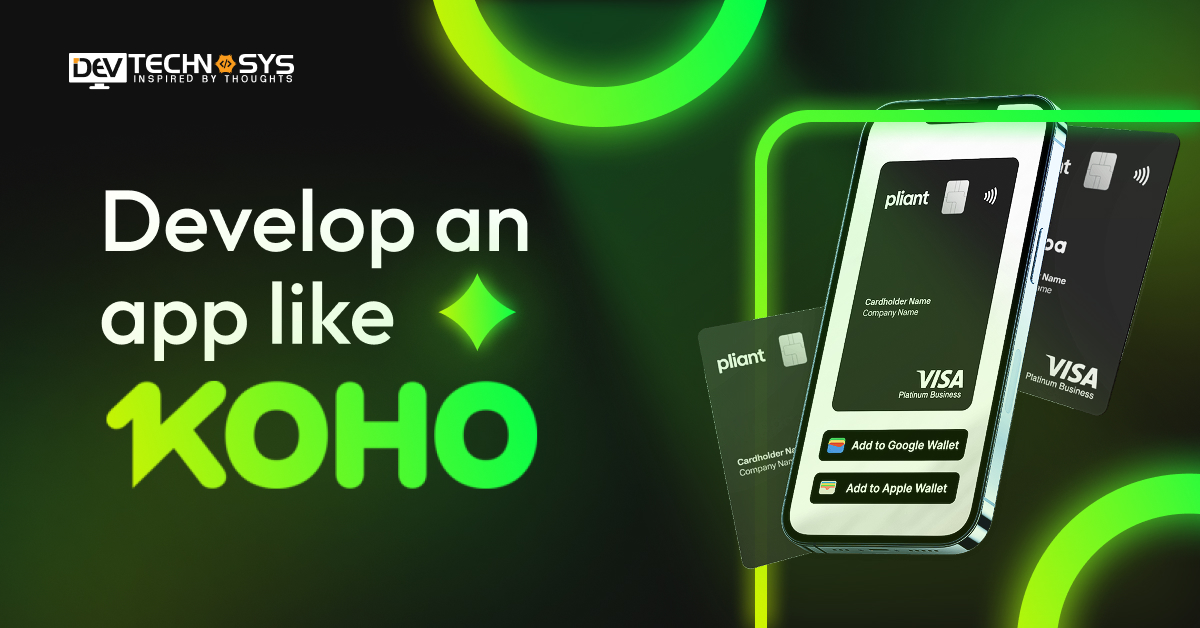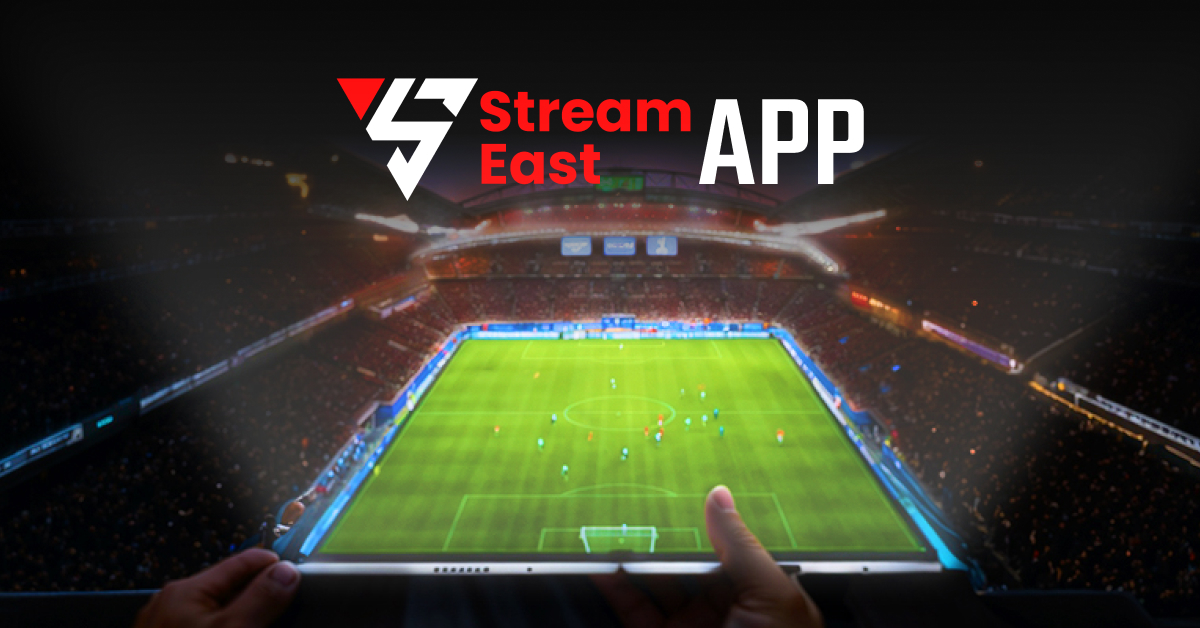A very big part of our lives is invested in the commercial activity of buying and selling. A very significant portion of the world population is engaged in the profitable business of buying and selling.
Hence, new innovations are rolling in every day to somehow make this activity more rewarding for both the buyer and the seller. While the seller focuses on cutting down costs and increasing profit margin, the consumers are looking for high-end options and great prices.
The online grocery delivery business is currently waiting for its new revolution with the help of top mobile app development companies. Since every aspect of our lives has gone virtual and the internet has become a staple, why not use the internet to order our staples!
Yes, we are talking about the online grocery delivery app business and the journey from being introduced as a trendsetter to the current challenges it faces in today’s scenario.
As long as there is a scope for technological advancement, full-stack development services will keep investing in developing applications that are cutting-edge and cost-effective to survive in the cutthroat competitive market. But it is extremely important to look at the chronological development of grocery delivery apps so far.
What does History Tell Us About Online Grocery Delivery Apps?
Online shopping became a trend in the late 1990s and it was a great time for internet retailers to capture as much of the audience as they could.
Then, shopping was not only about getting the stuff that a person might need, but it became a way for therapy and also a way to save money.
Yes, the way online shopping applications were competing with each other, consumers could benefit and save money even while spending it. Grocery at that time, like always, was the single largest retail sector.

Not only was on-demand delivery app development bringing in rewards for loyal customers, but it also was becoming a popular choice for people who did not like shopping for staples. For them, it was convenient and definitely time-saving.
1. Early Successes
Therefore, even though there were major supermarket players benefitting from liberalization and globalization, many tech companies with their coding skills and ever-evolving operating systems shook the whole information technology industry by building online grocery delivery apps.
Many investors also believed that like other daily tasks, the grocery shopping sector was ready for a change. Hence, came the first online supermarket introduced by the name of HomeGrocer.com in 1997 in Washington built through mobile app developers for hire.
The sales number by mid-2000 reached a staggering high of one million dollars a day. Many other companies followed suit, but the other notable player was Webvan founded in 1996 whose successful California launch led them to pursue the goal of setting up shop in 26 major cities in the US itself.
Their sales were an astonishing figure of orders worth one billion dollars. The main reason behind their success was the strong base infrastructure and ease of technology for users.
2. Early Failures
While new ventures get you in the limelight, it is not free from the challenges that always come with startups and creative ventures. The investment requirements are excruciatingly high, and the profit margin very thin.
Also, since the startup is usually a new unexplored field, the risks and challenges are unknown regardless of how good the business planning may be.
Companies who hire dedicated developers and experienced experts can also miss out on a few details that, in turn, prove out to be devastating for the company’s future.
Sometimes, companies fail because it couldn’t keep up with its own success, and sometimes, it forgets to factor in the needs of the target audience.
Reasons Why Early Businesses In The Online Grocery Delivery Failed
1. Early Losses
A very quick pace of expansion, specifically in the case of Webvan, had a significant negative impact on the accounts of the company which resulted in making the ventures unsustainable.
First, the companies overlooked the fact that although high profits are generated by the grocery sector, returns are poor. They also missed out on calculating depreciation expenses on technology and the return being extremely low making it difficult to cover the costs.
At the very end, Webvan’s sales were 178.5 million dollars, and the operational costs were almost thrice its sales at 525.4 million dollars.
2. Low-Profit Margins
Since the consumer puts in much of the effort, conventional grocery works financially. From gathering the groceries to getting it home, all the steps are done by the consumer.
This balances margins that are relatively poor. A radically different model in which the retailer does much of the work is online home delivery. The profitability of online orders was overestimated by the firms.
3. Faulty Expectations
While online industries were significantly growing in the 1990s, the same was assumed for the online grocery business, but that did not turn out to be the case.
Online grocery delivery businesses turned out to be only a niche part of the grocery delivery market, and their contribution was only 0.09 percent.
4. Unsustainable Practices
Finally, this traditional model failed to sustain for long and many problems were realized. Some notable ones were the absence of a hybrid model, excessive operational costs, and unexpected outcomes.
Current Scenario, Its Challenges, and Solutions
Today, the Internet is once again a crowd-pleaser in the grocery delivery app business. Many companies are venturing into the business as well as conventional food stores such as Walmart, Kroger, Target, and even Amazon-owned Whole Foods.
Every mobile app development company is looking to partner with supermarket giants and venture into its online branch. Today, they have ventured into something that seemed impossible after the initial failures.
Grocery delivery startup Instacart raised $200 million at a valuation of $4.2 billion, increasing $3.4 billion last year by early 2018 in the month of February.
But the reasons that appealed to the early pioneers are still valid and reflect problems that must be worked on by grocers. Supermarkets, however, have some competitive benefits that make their online projects more likely to generate success through a cooperative partnership with an on-demand app development company to meet with the dynamic nature of online businesses.
1. Storage and Delivery Cost
- Challenge: A big portion of grocery items consists of perishable goods that require expensive and high tech storage facilities. This means that the investment in infrastructure will hike up and sometimes even be higher due to the price elasticity of perishable goods themselves. High tech refrigerators and portable freezers all cost way more than what many businesses could imagine. Hence, the storage and delivery costs are higher and put quite a visible dent on the investor’s money.
- Solution: The solution for this real-time challenge of storage and delivery can surprisingly be found in the virtual world. Companies can hire mobile app developers who can build an optimized and technologically superior API for grocery inventory management which will result in lowered inventory expenses.
2. Profit Making Ratios
- Challenge: Customer satisfaction is always the primary goal for each company. In the grocery delivery business, the main concern of most consumers is to avoid convenience charges and get a faster delivery along with superior quality for all the staple food items. With so many constraints, imagine the financial nightmare a grocery delivering online app company would need to face.
- Solution: Another wonder of the internet, that is outsourcing, can be the solution for this financial nightmare. What a company can do is hire a grocery logistics company that could deliver the grocery products in place of the main company doing it with the help of directly hiring vehicles and staff. The cost will be minimal, and the company would just need to pay for the service and avoid the cost and maintenance of vehicles and wages of drivers and movers.
3. Delivery Structure
Challenge: The delivery game in the grocery e-retailing business is a three-factor trick. An efficient delivery system involves ensuring the product quality, taking the least time possible for delivering as well as the cost of delivering products on the doorsteps of the consumer. This is one of the most difficult tasks to undertake as breaking this threshold of hyperlocal segments with one delivery system is extremely difficult. Luckily, the inefficient delivery structure can be solved through various delivery methods.
Solution: There are actually four very interesting solutions for the inefficient delivery problem for e-commerce grocery businesses.
- Direct Delivery Logistic Model: The first is the option of the direct delivery logistic model in which potential customers can place orders for grocery delivery through the marketplace, and at the same place the order is received, picked up, and packed. This can be delivered by using a delivery partner. This model can be very successful for bulk orders because the delivery cost of a bulk order can practically become free, and one-day deliveries can also attract various customers.
- Click And Pick-up Model: The second solution for the inefficient delivery system is the click and pick-up method. This model is similar to the pick and move system of restaurants in which a consumer can place orders for staple foods through an online grocery website and schedule self-pickup. In this way, the delivery cost of renting delivery vans as well as hiring staff can entirely be avoided because the customer himself can pick up the groceries.
- Partnered Delivery Model: With the rapid advancement of technology, someone obviously thought of combining both the first delivery models and developing a new delivery system known as partnered delivery. In this magical combination, the customers can place the order from a specific outlet and select a time and date for getting the order delivered This store operator can now arrange for a delivery partner who would successfully deliver the groceries as per the requirements of the customers. One may wonder as to how this gift delivery system is combining both the first methods. The answer is in having an online app that is used by both the grocery shop owners as well as the customers. Apps will help both to come to the same website and figure out their own demands. Any Android app development company could manage to build an application for the same.
- Micro-Fulfillment Centre: Micro-Fulfillment Centres can also develop into an efficient delivery system for groceries. The process here will start with a customer placing an order from an e-commerce grocery website in selecting a date for the delivery of the same. Then, the website owner can inform an MFC who will get the order processed and picked up by another delivery partner based on the customer’s local address.
4. Consumer Behaviour
- Challenge: Studying a consumer’s behavior pattern when it comes to grocery shopping is very important, and the latest surveys reveal that even today many consumers prefer offline grocery shopping instead of ordering groceries online due to the lack of trust and inefficient systems.
- Solution: We know that consumers will choose online when it comes to convenience and money-saving, but an offline option is better when it comes to trust, so why not combine them both! A website or an app that allows consumers to check the availability of products online and then visit stores will help them make better choices. Also, improving customers’ expectations through self-checkouts and customized subscription plans for monthly grocery delivery can help in increasing the target audience. The iPhone app development company that was responsible for developing iBeacon gained significant momentum by helping customers avoid the long checkout lines at supermarkets.
Conclusion
With this, we have looked at the grocery delivery app business that is fairly not a new model but has definitely evolved with the help of advanced technology and full-stack development services.
Saying that nothing new can come into this market will be fairly wrong since rapid advancement in technology can create a future grocery delivery app model that we cannot even imagine right now!



























